
FAA orders airlines to install new fuel tank inerting system to reduce chance of explosion
Hypoxic Air Suppression test
| IAI Faa Halon Replacement Agent MPS test Hypoxic air
Preventive test fires are located inside this device, Minimum Performance Standard for Aircraft Cargo Compartment Halon Replacement Fire Suppression Systems
|
|
||||
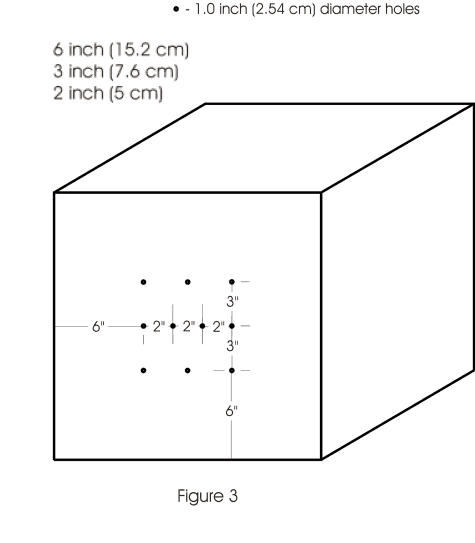 |
FAA
MPS Starter Box. This standard flame source produces a fire that will
raise the cargo compartment to above 500 Deg F in under 2
minutes. In this 180 minute test the
power to the NiCrome wire is applied at 14% Oxygen and held for three
hours. This is the longest test to date. A after the internal
temperature of the starter box stabilized at 122 deg F Deg the test is
basically
over. Like "watching paint dry" the box will stop smoking, the
atmosphere
is cleansed by the constant Hypoxic airflow and after 20 minutes it
just sits there.
|
||||
 |
Cargo
Compartment simulator used for the test. The starter box is
placed in a stand in the center of the volume. The atmosphere is
conditioned with Hypoxic
air, then the power is applied. This is the first true "Gate to
Gate" suppression system developed for commercial airliners. |
||||
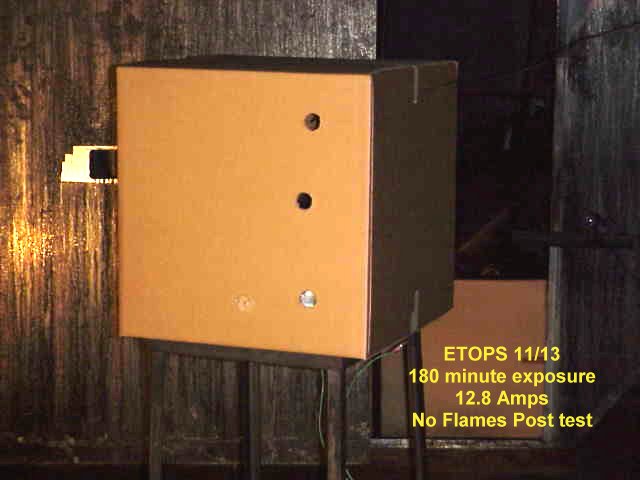 |
Post
test, showing three extra access holes placed in the opposite
side to add to the viewing angle from another camera view on the
inside. This modification proved to be little help, due to the smoke
desnity, and no flames to observe inside the box |
||||
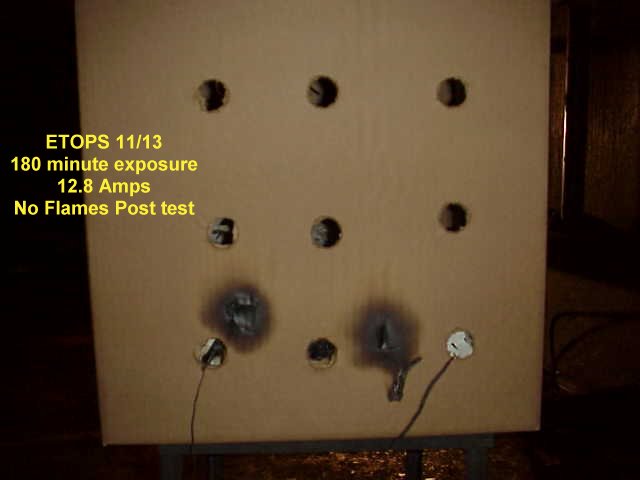 |
Damage to the front side from the Hot Wire. What looks like the wire on the right is actually a slit burned in the exterior of the box by the hot wire. The two dark spots are caused by the hot wire migrating inside and the protruding coils burning through from the inside. | ||||
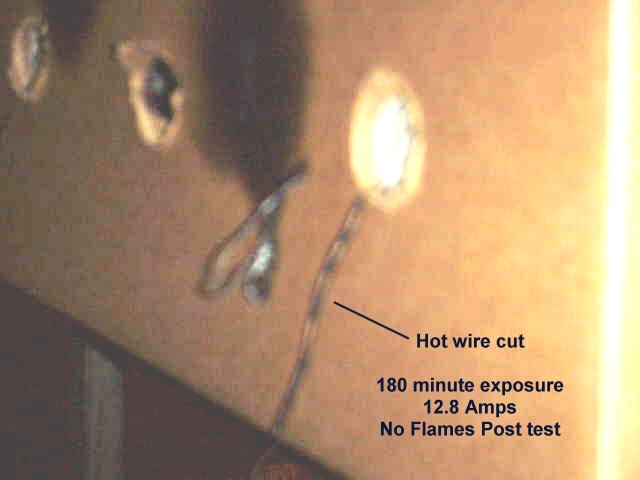 |
Note
no external damage Although this does show some heat discolor and smoke
stains there is some char, but not too bad for three hours of
exposure |
||||
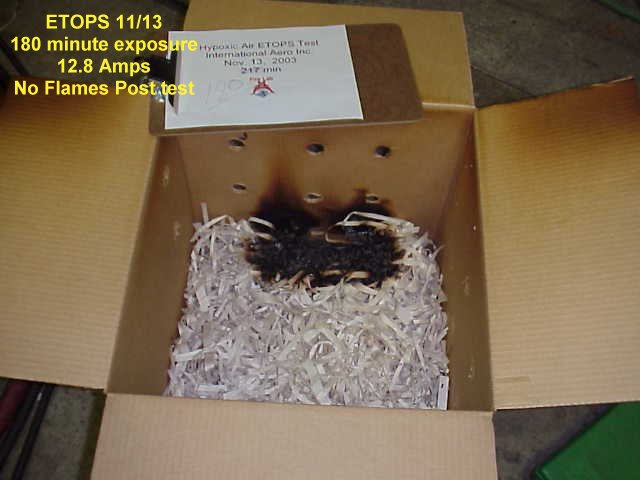 |
Again
internal damage to the paper is limited to the radiant heat produced by
the hot wire. After the paper has "smoked out" to charcoal, the
temperature stabilized
at 122 Deg F at 13 minutes and remained there for the rest of the 180
minute test. |
||||
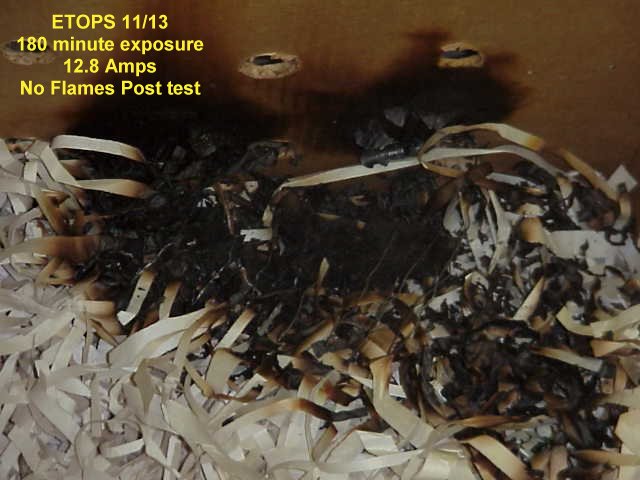 |
Internal
fuel load. Note the shredded paper in the box. The Hypoxic
air was able to suppress this before
it migrated into the deep
seated fuel pile. . |
||||
 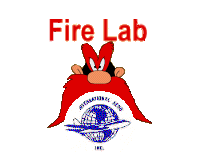 |
This
test series, considered to be one of the hardest to suppress is
typical of the efficiency of the Low Pressure Dual Fluid water mist and
Hypoxic
air. With no water to control heat, the flame
was suppressed only by the Hypoxic atmosphere eventually attaing
extinguishment levels.
Reduced flammability of
airliners is our goal, At II Fire lab we are getting there
|
||||
Home
US EPA, SNAP, ISO, ICAO, FAA US DOT, NFPA, SAE, FM, NIST, ATA, UL, SSL, AS/NZS, ODP , GWP , Pyrogen , PYROGEN , Airline Cargo conversions , Class A fire , Class B fire , Class C fire , EMAA, Encapsulated Micron Aerosol Agent, FAR 25. Aircraft Cargo Fires, Telecommunications fires , Transportation fires , Petrol chemical fires , Fire detection, Automobile Fire , Truck fires , Train fires , Building fires , Structural fires , petroleum fires , engine fires , marine fires , cargo fires , wood fires , Halon flooding , UL 1058, aircraft fire protection , aircraft crash , airline cargo fire , airline fire protection , FAA Technical center , Oil rig fires , gas rig fires , vehicle fires , electrical fire suppression , computer room fires , ship fires , machinery fires , merchant vessel fires , train fires , generator fires , battery fires , Wheel fires , brake fires , tire fires , car fires , home fires , Loss productivity , boeing fire test , 737 fire test , NRL , Naval Research Laboratory , Naval air systems command , NASC , NAVAIR , AS/NZS 4487:1997 , Joint strike fighter , JSF, HARC , NTSB , Transport canada , NIST , FAA Technical Center , Thermal Acoustic Insulation Blankets , IMO , International Maritime commission , USCG , United states coast guard , MCA , Pyrogen Ltd. Pyrogen Corp. Sdn. Bhd. , IAFC , IFPA ,